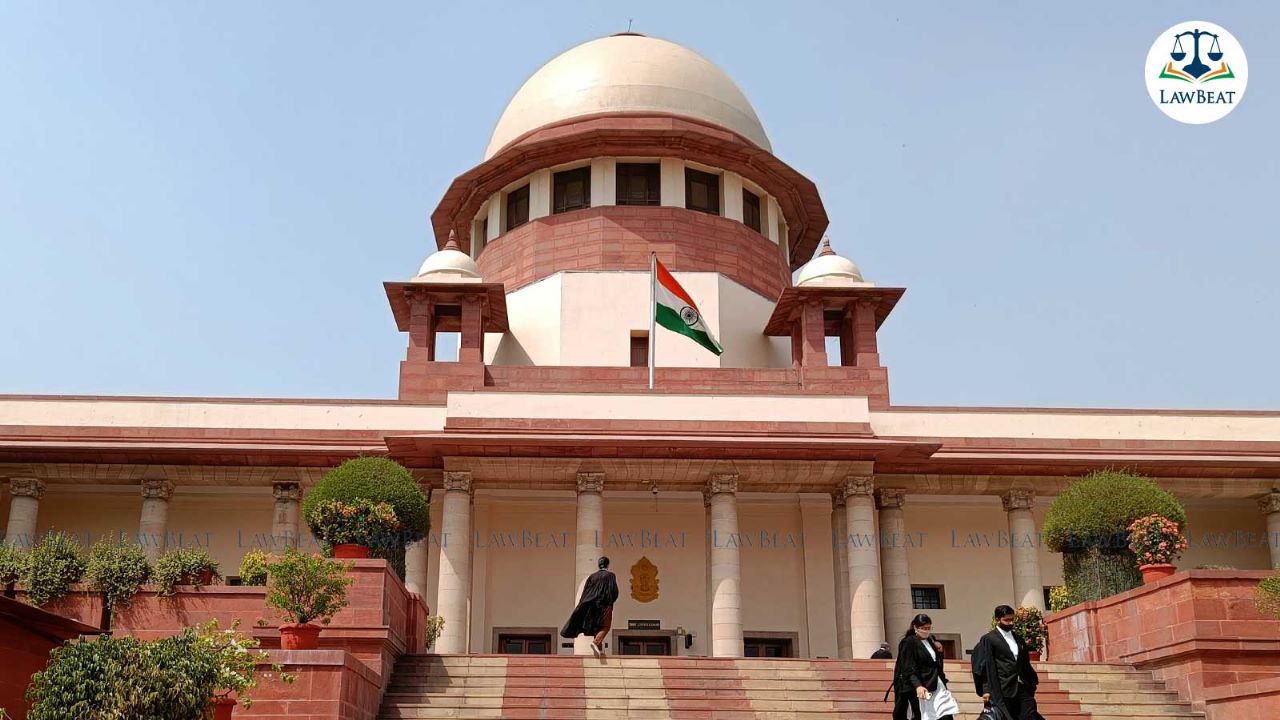Supreme Court acquits man in murder case as last seen witness made to see accused in SP's office instead of TIP

Supreme Court has said identification of the accused in the test identification parade by the eyewitness, though not conclusive, may, in a given case, give credence to the identification of the accused before the Court by the eyewitness, however, the failure to conduct a test identification parade is not always fatal as it all depends on the facts of each case
The Supreme Court has acquitted a man in a murder case after noting a "disturbing feature" as the police instead of conducting a test identification parade to prove last seen theory, showed the accused to the witness in office of Superintendent of Police to help him identify the culprit in the court.
"This procedure is not known to law. Moreover, the evidence of another eyewitness to the theory of last seen together has been withheld from the court," a bench of Justices Abhay S Oka and Pankaj Mithal said.
The court acquitted Mohd Rijwan of the charges of killing Vidya Sagar alias Bhushan, a co-worker at a factory, after consuming liquor on February 17, 2004.
In the case at hand, the court noted Pyare Lal, who was a last seen witness, was called to the office of the Superintendent of Police, and the appellant was shown to him in the office.
"Thus, the identification of the appellant by the witness in the court is not free from reasonable doubt. It becomes very doubtful as the accused was shown to the witness in the office of the Superintendent of Police, only with a view to see that he identifies the accused in the court," the bench said.
Court declared, the testimony of the witness cannot be believed. "Thus, the important circumstance of the last seen together has not been established. Hence, the first circumstance in the chain of circumstances has not been established," the bench said.
In the case, since the witness did not know the accused before the incident, the test identification parade was to be conducted, the bench added.
"A test identification parade is conducted as a part of the investigation when an eyewitness does not know the accused before the incident. It is conducted to ascertain whether the witness can identify the accused from the midst of several persons having similar appearances," it said.
Court also noted another witness in the case, Radhey Shyam, gave a different version stating that the accused was present at the factory site when he was alleged to be last seen with the deceased.
It was further pointed out that Hari Chand Sharma, who was present according to witness Pyare Lal when the appellant and the deceased were last seen together, has not been examined as a witness.
"He was an important witness in support of the theory of last seen together. The prosecution has offered no explanation for the failure to examine this important witness," the bench added while holding that the prosecution failed to prove the charges against the appellant beyond a reasonable doubt.
Case Title: Mohd Rijwan vs. State of Haryana
